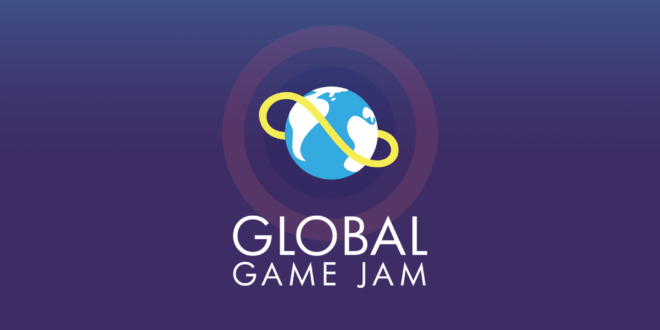Susan Gold is an artist, teacher and activist who believes strongly in the democratisation of knowledge. She advises programs around the globe to help position games as a tool for doing good in the world. She was professor of the practice and associate director of games at Northeastern University until last year.
After ten years, Global Game Jam is a well established global event, with the 2018 GGJ having drawn in 42,812 participants across 108 countries. It is, by any metric, kind of a big deal.
The team’s new initiative, GGJ Next, is an attempt at introducing jamming to school age children, offering a healthier attitude for kids to embrace some of the many positives of jamming, without the risks associated with trying to develop a game in 48 hours.
We speak to Susan Gold, president and co-founder of Global Game Jam about how it’s looking after their teenaged participants and what benefit GGJ can bring to kids.
“We think that all children around the world should have the opportunity to learn the digital literacy lessons, including the skills and tools, that game development employs,” Gold says, mentioning that GGJ Next is aimed at kids between the ages of 12 and 17, and will benefit from the real-world lessons in leadership, collaboration and curiosity that game jamming can deliver.
“We think that many of the skills needed for the future fall within game design practice, be it critical thinking or complex problem solving or just a chance to express themselves creatively. Jamming allows for kids to learn how to collaborate and use judgement and decision-making skills which are all tools that are useful for success in education.”
GGJ Next is using the global network of its elder sibling to make connections with educational institutions around the world and, even if they don’t host a jam of their own, Next is producing lessons for teachers to bring games and computing into their classrooms.
“They are micro-lessons. Our hope is that they will give teachers a concept to bring to the students and can offer up opportunities that children in underserved or underrepresented areas might not get otherwise.
“I think that if kids can make a game, they can do anything – it gives them confidence,” adds Gold.
Easy does it
Jam culture is occasionally called out for the toxic work practices that are sometimes idealised at individual sites, with some people working for a straight 48 hours at jams, and encouraging others to do the same.
With young children, who are particularly susceptible to peer pressure, making sure their welfare is looked after is essential.
GGJ Next asks everyone that wants to host a jam site to head to the webpage, GGJNext.org, to sign up, where they’re then vetted by the team to make sure that the area will be safe for kids.
The length of jams will be flexible, often spread over a number of days, with none of the crunch overnight sessions traditionally associated with the format.
However, this means the jams won’t all occur at once. After a survey of 100 countries, Gold discovered there is no one time when all the schools were on break, so jams can take place at any time in July, and be between one and five days long. They’ll still share the same keynote and theme.
Gold hopes GGJ Next will mirror the growth of Global Game Jam over the next few years and become an anticipated event in the games calendar in its own right, with more participants and more resources for those taking part.

 MCV/DEVELOP News, events, research and jobs from the games industry
MCV/DEVELOP News, events, research and jobs from the games industry




